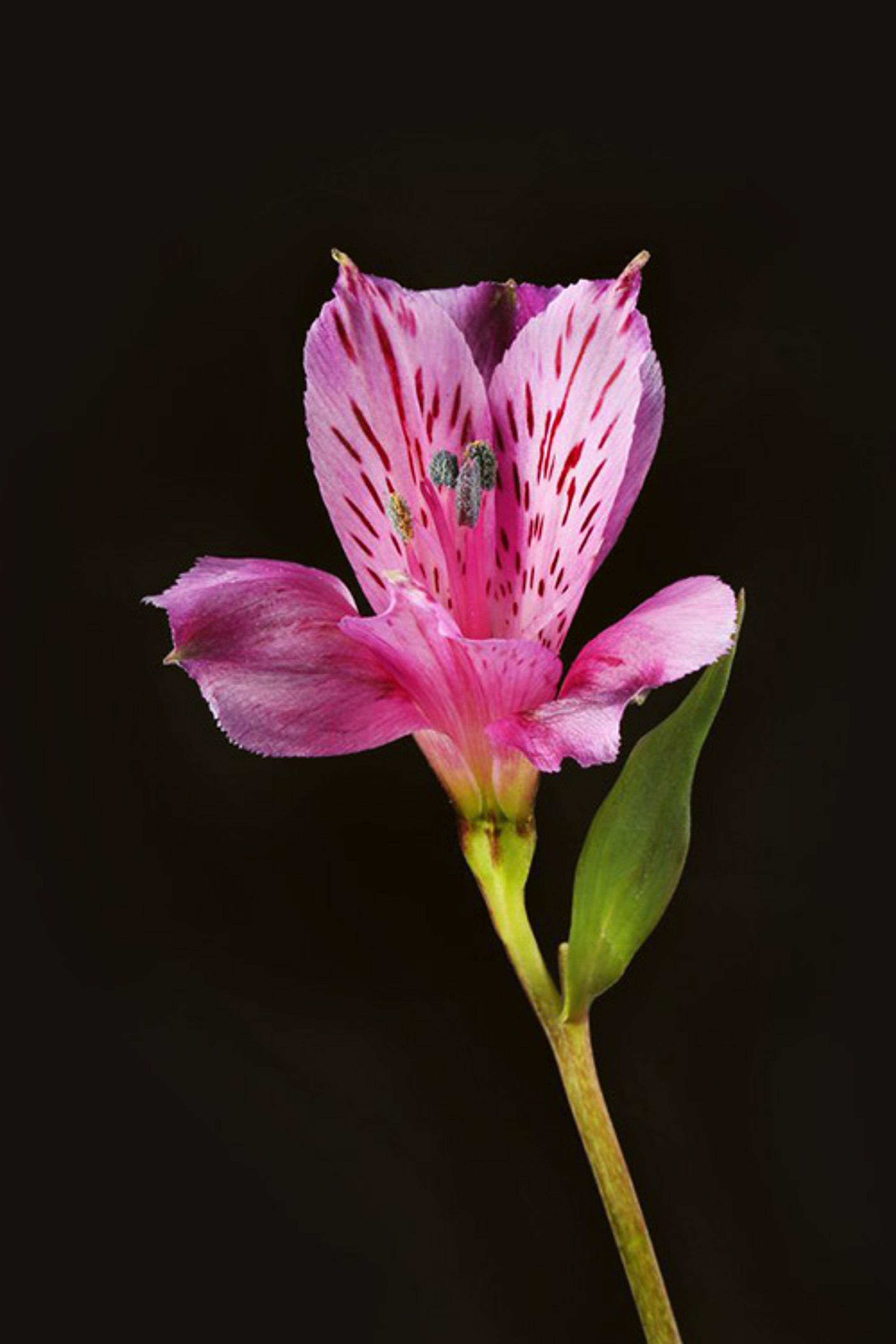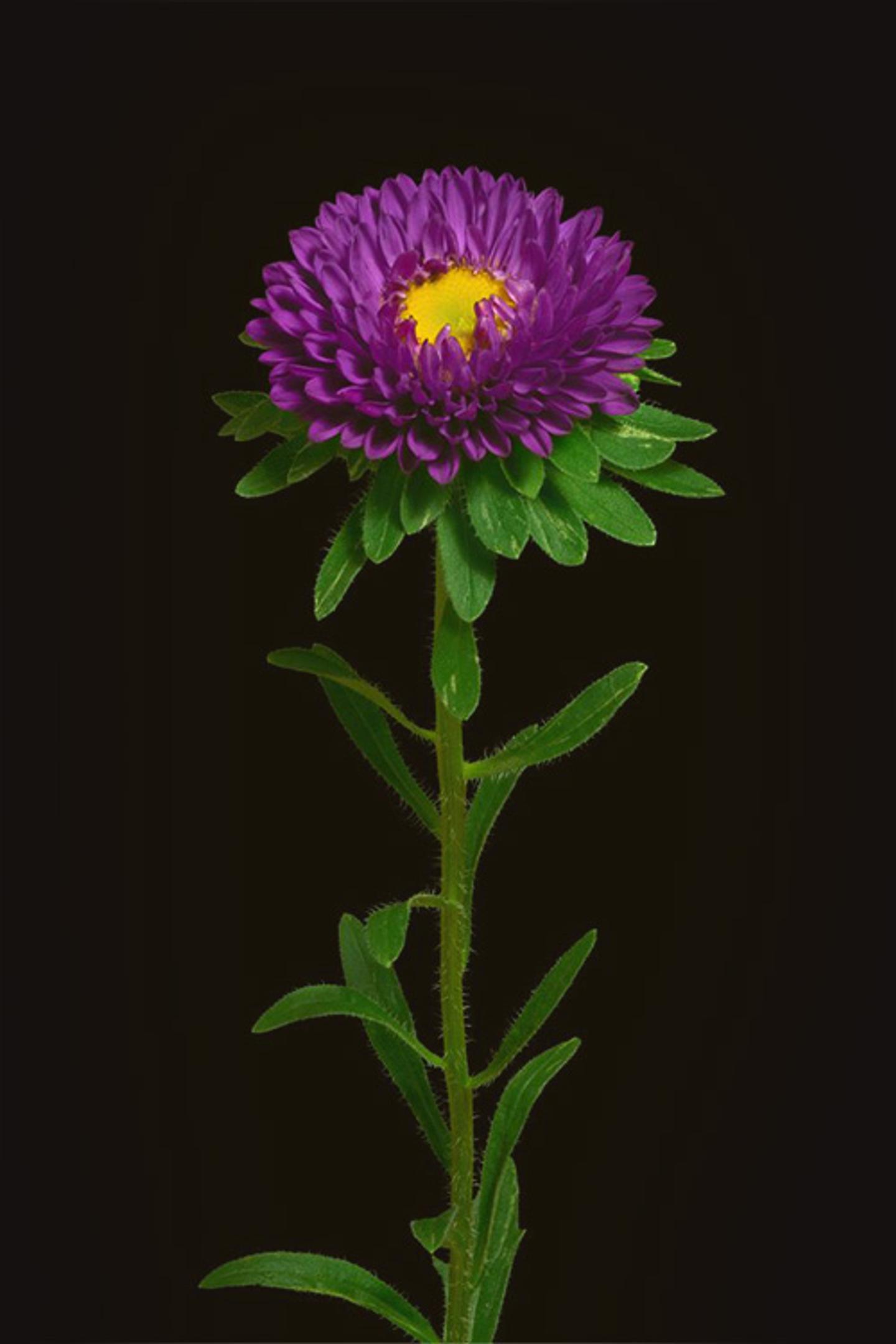Flower Meanings
Alstroemeria


The Meaning of Alstroemeria
The incredibly vibrant and long-lasting Peruvian lily is native to none other than Peru (shocking, we know), but its appeal has spread far beyond South America.
As a symbol of devotion, Peruvian lilies say to friends and loved ones that you’ll always be there for them and trust in your love and friendship.
The brilliantly colored blooms of Peruvian lilies can light up a room as well as the hearts of their recipients. Whether displayed on their own or used to accent a mixed bouquet, these dazzling flowers will always attract attention because of their unique appeal and the meaningful messages that they can carry.
Its leaves grow upside down, twisting out from the stem as it grows – much like the twists, turns, and growth of our friendships! Alstroemeria is also a symbol of wealth, fortune, and prosperity.
The depth of meanings that Peruvian lilies have is an honest compliment to how beautiful they are, and their message is ancient, profound, and simple.
From their origins in the mountains of Peru, the Peruvian lilies have found a special place within the language of flowers. [1]
What Does Alstroemeria Smell Like?
Alstroemeria is scentless!

"The Peruvian Lily reminds you to focus on the love that’s all around you. You needn’t fear loss, because the universe will ensure that you and your family are always supported."
Doreen Virtue
The History of the Alstroemeria
The fancier, some would say more scientific name for Peruvian lilies is alstroemeria. They were named after the Swedish botanist who is credited with introducing them to Europe. In the late 18th century, Baron Von Alstroemer returned from a trip to South America with seeds from the Peruvian lily. Not long after this discovery, the flower was suddenly being grown by flower lovers all across the globe. Coincidence? We think not.
According to DWF Wholesale, “Fast-forward 20 years, add the magic of plant breeding where crosses have been made between species from Chile (winter-growing) and Brazil (summer-growing), and you have evergreen plants that provide flowers year-round.
According to Web research, this breeding work derives mainly from trials that began in the U.S. in the 1980s. Today we have a plethora of beautiful alstroemeria varieties appropriate for everyday bouquet combinations, as well as high-style arrangements.” [2]
Modern alstroemeria varieties offer stems with strong, long pedicels supporting terminal florets, which come in color palettes ranging from neon to pastels. Petal patterns include intriguing stripes and robust flecks. Some varieties have distinct patches of pink, reminiscent of rosy cheeks.
DID YOU KNOW - Alstroemeria Fun Fact
Alstroemeria flowers have no fragrance.

How to Grow Alstroemerias
Alstroemeria is a slightly zygomorphic (bilaterally symmetrical) flower with 3 sepals and 3, generally, striped petals. The sepals and petals on the Alstroemeria are similar in color and texture – i.e., there are no solid green sepals. Alstroemeria has six stamens and an undivided style. The ovary on the Alstroemeria is inferior, with 3 carpels. Alstroemeria features a monocot plan of having floral parts in 3s.
Peruvian lilies more closely resemble a grass where the veins go up the leaves but don’t seem to branch across. This can also be seen in grasses, irises, and lilies. Alstroemeria leaves are upside down. The leaf twists as it leaves the stem, so that the bottom is facing upwards.
If you look at an Alstroemeria stem you can sometimes see a really interesting spiral growth pattern on the stem. This spiral grown pattern is due to the production of new cells in a spiral sequence which is actually why the head of the plant moves the way it does.
If the soil temperature rises too high (above about 72 Fahrenheit/22 degrees Celsius) the Alstroemeria plant puts its effort into producing more large tuberous roots at the expense of flowering shoots. With some varieties this can lead to production of exclusively blind non-flowering stems and no flowers. [3]
Umbels can carry 10 or more florets per stem. Stems vary in length from short garden varieties around 12 inches, up to greenhouse-grown plants of 5 feet or more. A telltale trait of all relatives in the Alstroemeria family is resupinate leaves that twist from the base, so what appears as the upper surface is actually the lower leaf surface. Because alstroemeria is ethylene sensitive, growers treat it with STS immediately after harvest. STS protects the flowers from damage of ethylene gas exposure that causes transparent flower petals, loss of color vibrancy and short vase life.
DID YOU KNOW - Alstroemeria Fun Fact
The leaves on the stem grow upside down; there seems to be no definitive scientific explanation as to why this happens!

How to Care for Alstroemerias
Taking care of your alstroemeria once they’ve been cut or once you’ve received a bouquet or arrangement is really easy. Follow these 7 simple steps to help increase the life of your alstroemeria and give you longer lasting alstroemeria flower arrangements.
Step 1. Remove any leaves that may be under water. Leaves that make contact with water will begin to rot and then contaminate your water.
Step 2. While holding the stem of the alstroemeria under running water in your sink, cut about one inch off each stem with a sharp knife or shears. Whatever you do, don’t let the newly cut end dry off before transferring it into another container.
Step 3. If the buds appear to be very tight and not opening, submerge them in warm water to promote them to open.
Step 4. Try to avoid using water from a water softener in your vase, and also be sure to add plenty of plant food. Everyone’s gotta eat!
Step 5. Immediately after the stems are cut, place your alstroemeria in a clean, deep vase of warm preservative solution (about body temperature). Allow several hours to condition them before arranging.
Step 6. Temperature is a key factor in the lifespan of all flowers. Display your fresh cut alstroemeria arrangements in a cool area out of direct sunlight and drafts.
Step 7. Alstroemeria are thirsty flowers. It is important to check to see that the vase is full and add preservative solution as needed. If arranged in floral foam, be sure it is completely saturated and the container is full daily. [4]
That’s all there is to it, but if you’d like to see it done in person, check out this great instructional video here. [5]
When to Send Alstroemerias as a Gift
Today, the most popular meanings behind sending Peruvian lilies are friendship and devotion. With so many gift-giving occasions that center on these themes, (birthdays, anniversaries, friendiversaries) you may find Peruvian lilies to be a safe choice across the board. Whether you’re sending a bouquet just because you miss your long distance girlfriend, or for your friend’s birthday or graduation, the meaning of Peruvian lilies expresses your love and support each and every time. Reminiscent of mini lilies, Peruvian lilies can be found in a variety of colors, including dazzling shades of yellow, pink, orange, and white. With mul’s overflowing. Because of how full and bountiful they are, a lot of people pick them as a top choice for bouquets, arrangements, and even to grow at home! As a symbol of devotion, Peruvian lilies can say to a companion or loved one that you’ll always be there for them and trust them.
Alstroemeria Bouquets
References:
Flower Meanings — keep discovering

Allium
Often referred to as “Gladiator,” “Goliath,” and “Globemaster,” there’s no doubt in our minds that this flower is just as enchanting and unique as it appears. Each bloom is packed with hundreds of tiny, densely packed individual flowers, simply adding to the beauty and wonder of these ornamental onions. (Yes, we said onions). [1]

Aster
A part of the daisy family, aster is an ancient bloom that has been around for thousands of years, and you better believe it’s got a story to tell!

Anthurium
Also known as laceleaf, anthurium is a stunning flowering pant of about 1,000 different species, and the largest genus of the arum family, Araceae. Some other common names of this beautiful bodacious bloom include tailflower and flamingo flower.

Anemone
No, not the one under the sea! We prefer the one in the garden *wink wink*.

Allium
Often referred to as “Gladiator,” “Goliath,” and “Globemaster,” there’s no doubt in our minds that this flower is just as enchanting and unique as it appears. Each bloom is packed with hundreds of tiny, densely packed individual flowers, simply adding to the beauty and wonder of these ornamental onions. (Yes, we said onions). [1]

Aster
A part of the daisy family, aster is an ancient bloom that has been around for thousands of years, and you better believe it’s got a story to tell!

Anthurium
Also known as laceleaf, anthurium is a stunning flowering pant of about 1,000 different species, and the largest genus of the arum family, Araceae. Some other common names of this beautiful bodacious bloom include tailflower and flamingo flower.

Anemone
No, not the one under the sea! We prefer the one in the garden *wink wink*.
Ready to send beautiful flowers?
Our guided experience helps you send a one-of-a-kind arrangement perfect for every occasion.
Send Flowers